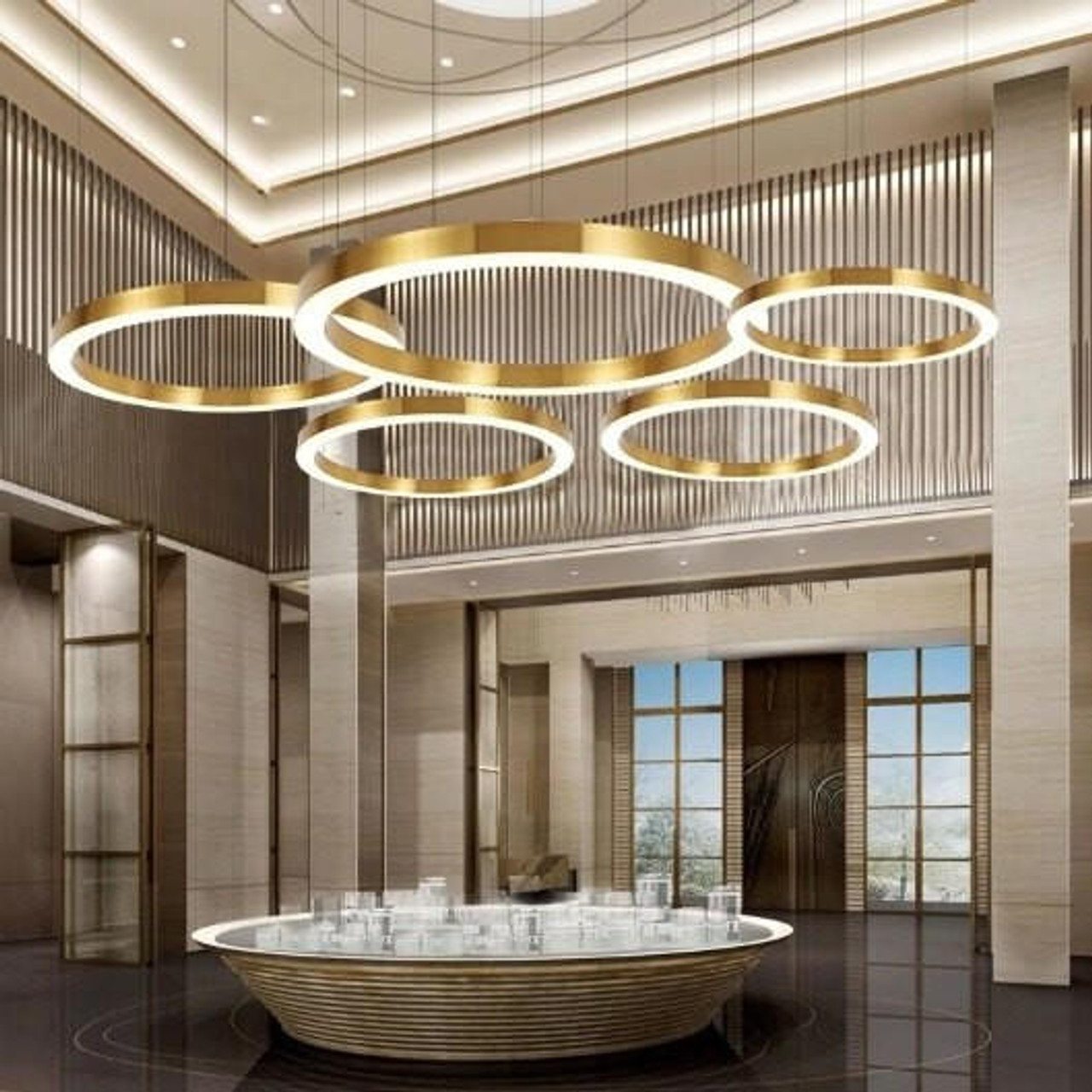What is the difference between crystal and glass chandeliers?
Aug 01, 2024
What is the difference between crystal and glass chandeliers?
The main difference between a crystal and a glass chandelier lies in the materials used. Crystal chandeliers are crafted from high-quality crystal, which is a type of glass that contains lead oxide. This gives crystals their distinctive clarity, brilliance, and ability to refract light. Glass chandeliers, on the other hand, are made from various types of glass without lead content. While glass chandeliers can also be beautiful and have their unique charm, crystal chandeliers are often considered more luxurious and have a higher level of sparkle and light dispersion due to their composition.
With that said...
Is it possible to tell the difference between crystal and glass chandeliers?
Yes, it is generally possible to tell the difference between crystal and glass chandeliers. Here are some indicators to help distinguish between the two:
1. Clarity and Brilliance: Crystal chandeliers tend to have exceptional clarity and brilliance due to the lead content in the glass. They often reflect and refract light in a more dazzling and sparkling manner compared to regular glass chandeliers.
2. Weight: Crystal chandeliers are usually heavier than glass chandeliers of similar size due to the density of the leaded crystal. Glass chandeliers, while still substantial, tend to be relatively lighter.
3. Sound: When tapped gently, crystal chandeliers produce a distinctive, resonating sound compared to the more subdued sound produced by glass chandeliers. This is due to the different molecular composition of the materials.
4. Cut and Facets: Crystal chandeliers often feature intricate cuts and facets, which enhance their light-catching properties and create a more luxurious and intricate appearance. Glass chandeliers may have simpler designs or patterns but lack the level of intricacy found in crystal chandeliers.
5. Price: Crystal chandeliers tend to be more expensive than glass chandeliers due to the higher quality and value associated with crystal. The cost difference reflects the craftsmanship and the materials used.
It's important to note that while these indicators are generally applicable, there may be exceptions or variations depending on the specific chandelier and its manufacturing process. When in doubt, consulting with a reputable seller or expert in lighting fixtures can provide further clarification.
The Molecular composition difference between crystal and glass
The molecular composition difference between crystal and glass lies primarily in the addition of lead oxide to crystal. Crystal contains a certain percentage of lead oxide (typically around 24%) in its composition, while regular glass does not. The presence of lead oxide in crystal affects its physical properties, such as increased density, higher refractive index, and enhanced optical qualities, resulting in the characteristic brilliance and sparkle associated with crystal. Glass, on the other hand, is primarily composed of silica (silicon dioxide) and other materials, depending on the specific type of glass, without the addition of lead oxide.
Will the average person be able to see the difference between crystal and glass chandeliers?
To the untrained eye no, without a side by side comparison, no.
With a side by side comparison then yes, the average person can typically see and appreciate the visual difference between crystal and glass chandeliers. Crystal chandeliers often have a distinct clarity, brilliance, and ability to reflect and refract light in a more captivating manner compared to glass chandeliers. The sparkle and light dispersion of crystal can create a more luxurious and visually striking effect. However, it's worth noting that the ability to perceive these differences may vary depending on individual perception, lighting conditions, and the quality of the specific chandeliers in question.
As you can see from the photo below, when placed side by side, the crystal droplet has higher clarity.


